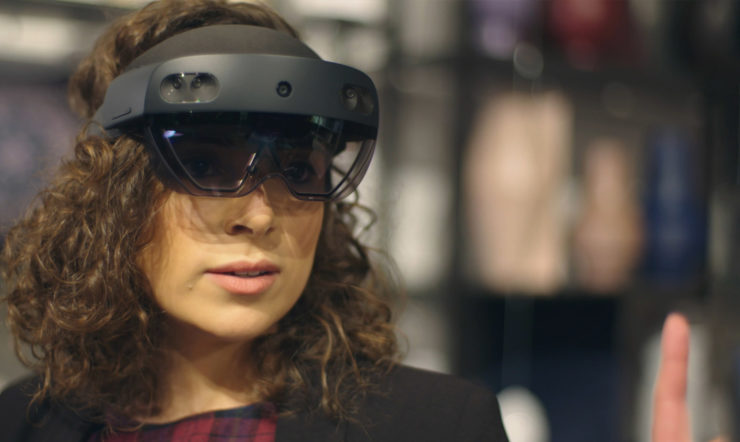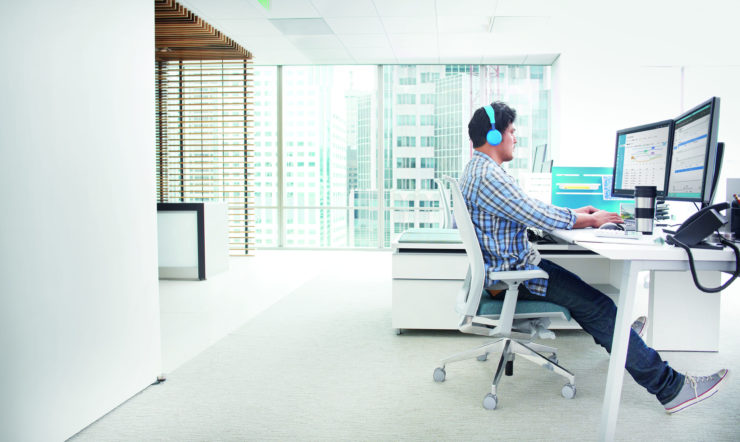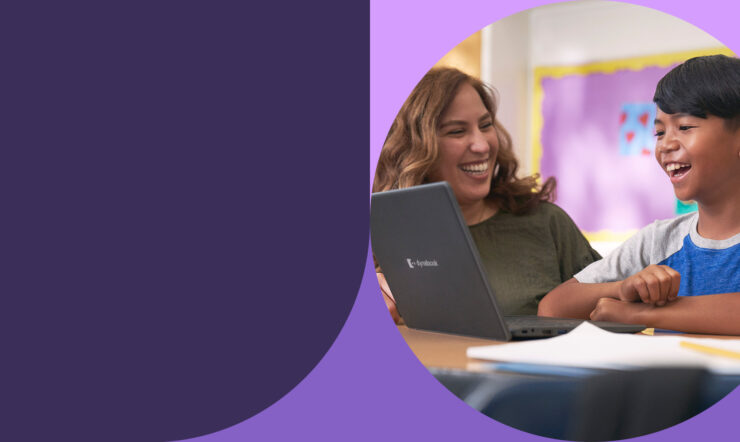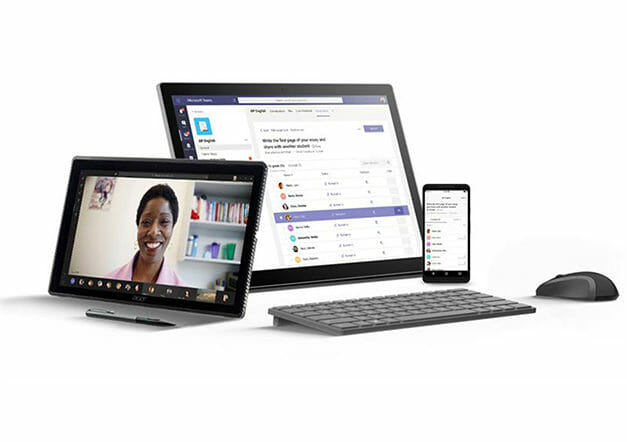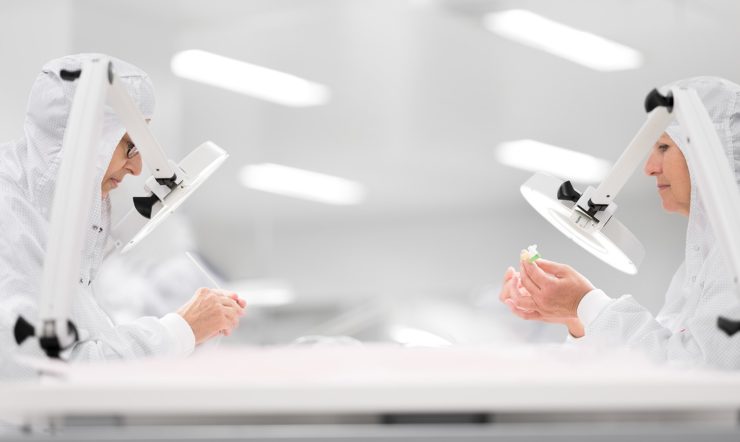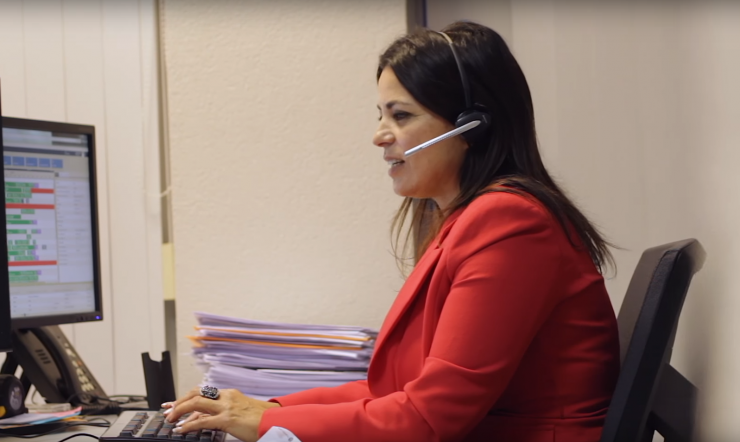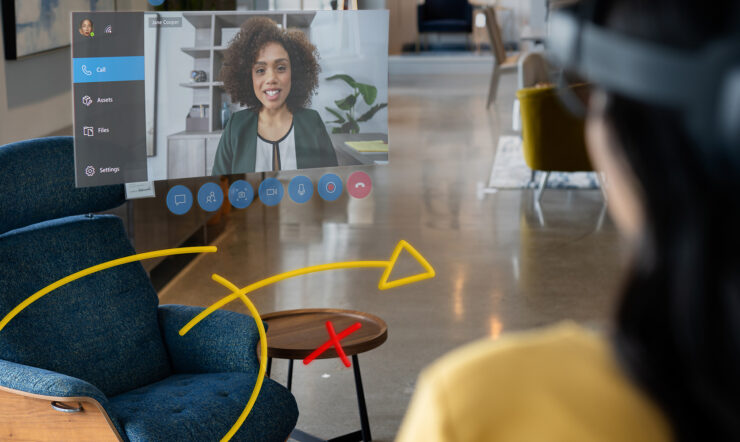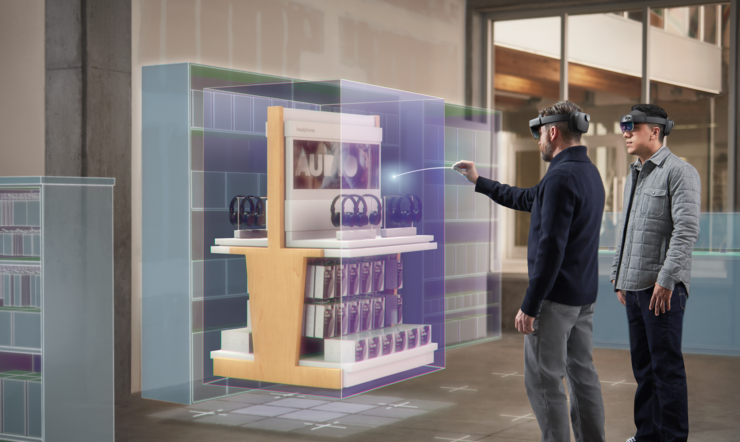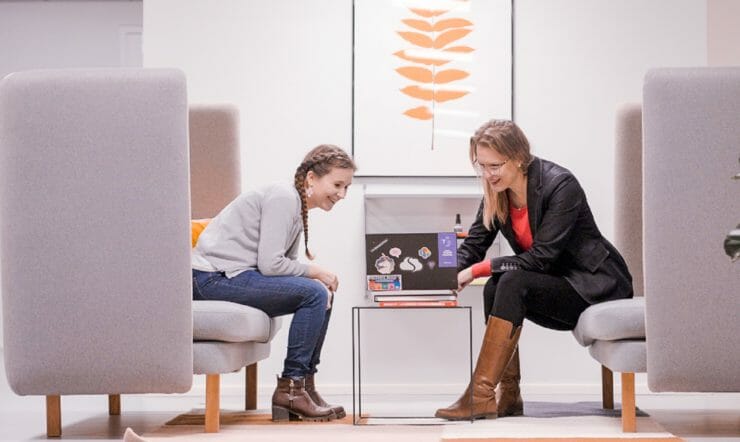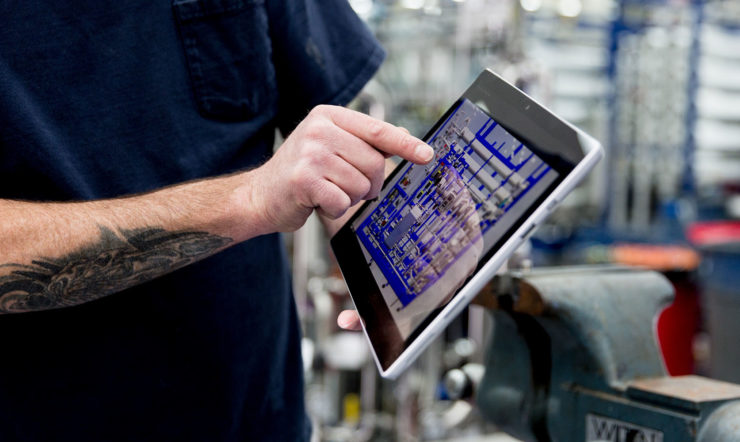“Our doctors and staff were running faster and faster. Like mice on a wheel trying to keep up,” recalls Niklas Sundler, Technology Innovation Director at Ramsay Santé and Capio, as he explains how COVID-19 changed the rules of healthcare delivery as it swept across Sweden in early 2020.
“Everything happened so quickly,” Sundler continues. “We didn’t know how our healthcare centers would maintain contact with patients or keep track of staff, and the added pressure meant many special units couldn’t operate as usual and even had to shut down.
“We had to help our people step off the wheel – find a digital-first solution that would enable staff to do their jobs in the best possible way, whilst relieving the pressure and keeping everyone safe.”
That solution was to leverage key components of the Microsoft Cloud for Healthcare and build a platform that the organization could use to rapidly implement a number of tools – such as Microsoft Healthcare Bot, Power Apps and FHIR-enabled self-assessment – in weeks rather than months.
This swift adoption of cloud technologies hasn’t only helped Capio keep the lights on. It has also started to provide data that will shape patient personalized dashboards and healthcare AI models for years to come.
Moving up to cloud level
Swedish healthcare provider Capio offers a wide range of quality medical, surgical and psychiatric care throughout its hospitals, specialist clinics and health centers in Sweden, Norway and Denmark. Since November 2018, it has been part of Ramsay Santé, a leading European healthcare provider with a total of 36,000 employees in six countries.
As an institution at the forefront of delivering healthcare services, Capio had already taken a first step towards digital transformation when it initiated its new Ramsay Santé Innovation Hub in 2019. But with COVID-19 transforming the healthcare landscape in a matter of weeks, Capio suddenly needed access to vital information about both patients and staff to help them navigate the crisis.
“Our first contact with Microsoft was to help analyze all our staff across Sweden,” explains Sundler. “Their experience, what languages they spoke, their ability to travel – then we did the same for the patient side, helping work out how best we could support COVID-19 testing for everyone and make more informed healthcare decisions.
“We didn’t have any plans for self-assessment at first, but the pandemic was a big opportunity to implement new technologies,” he adds. “To quickly put in place a solution for COVID-19 and a more structured way to store patient data, without the normal hoops and checks you have to work through.”
It was then that Sundler and the team decided to update their digital-first strategy – by moving part of Capio to Microsoft Cloud for Healthcare.
An intelligent way to make contact
With Microsoft 365 already implemented at the beginning of the year, Capio initially used Microsoft Teams to keep track of staff and their health status. But to help protect everyone both inside and outside the organization, patient consultants required more bespoke technology.
“We didn’t want to take new medical risk with our self-assessment solution,” says Sundler. “So we asked Microsoft what tools other organizations were using, and that’s when they introduced us to Microsoft Healthcare Bot.”
Microsoft Healthcare Bot allowed Capio to communicate with patients at home and inform them when, where and how to test for COVID-19. Working together with Microsoft Cloud for Healthcare, some information is stored on the Azure FHIR server, while data compliance is achieved by using the national Freja eID authentication to enable data pseudonymization – offering a secure and flexible service to help provide self-assessments at scale and speed.
“Before this, I didn’t know anything about healthbots,” he says. “But seeing the possibilities it offered to store and work with data in the cloud, we quickly worked with Microsoft partner Sigma to develop the platform in a matter of weeks.
“It was pretty intense, but soon we had it handling around 200,000 message a month, and the Power BI reports helped us better understand patient data – allowing us to evolve the technology into much more than a self-assessment service for COVID-19”.
The right platform and the right partner
By summer 2020, Capio was able to scale their projects with speed and flexibility through the capabilities of the Microsoft Cloud for Healthcare, supporting their patients, employees, and customers with the digital tools they needed.
In the first three months, the average number of Microsoft Healthcare Bot users more than doubled to over 30,000 in July and August – showing the platform’s value in responding to COVID-19 and creating a long-term, trusted partnership with Microsoft to develop more innovations in the future.
It’s a partnership that proved valuable once again just weeks after the Healthcare Bot project, when the Stockholm region asked Capio for assistance in providing home testing capabilities for healthcare workers. With help from both Microsoft and Sigma, an effective Power Platform solution was quickly implemented through the Microsoft Cloud – this time in just a few days.
“Our conversations started on Friday and the team had a solution up and running by Thursday,” explains Sundler. “It’s a seamless process – from an SMS referral link for staff to register for a home COVID-19 test, to couriers dropping off and picking up tests, which are then all integrated back into EMRs to quickly act on positive or negative test results.
“Everybody was 150% motivated to jump in and work that little bit harder because we all saw the instant benefits of these cloud technologies. And it’s given all of us across Sweden a stable platform to help support our people.”
Realizing even greater promise
What started as a short-term reaction to COVID-19, has now blossomed into a long-term, highly productive ecosystem between Capio, Microsoft and Sigma to develop better experiences, better insights and better care. A collaboration that Sigma president and CEO, David Österlindh, sees as an important step for future innovations.
“The new normal in the healthcare space today is about building the correct ecosystems,” he says. “It’s not about size or location, but making sure you bring the right mindsets and skillsets together to find new, exciting ways through these emerging technologies – just like how the Microsoft Cloud for Healthcare has helped enable more innovative solutions for Capio and improved the outcomes for patients.”
The three companies are now working together to create a patient Digital Twin, an initiative that combines data storage and FHIR Server capabilities to help identify larger healthcare trends – creating new possibilities for fully-realized AI models. A big step for self-monitoring and personalized dashboards that Sundler is excited to take.
“What this whole experience has made very clear is the value for patients, staff and customers in bringing together disparate data sources,” he concludes. “It means we can use this information to create personalized and AI-driven solutions, as well as improve our own clinical and operational data insights.”
